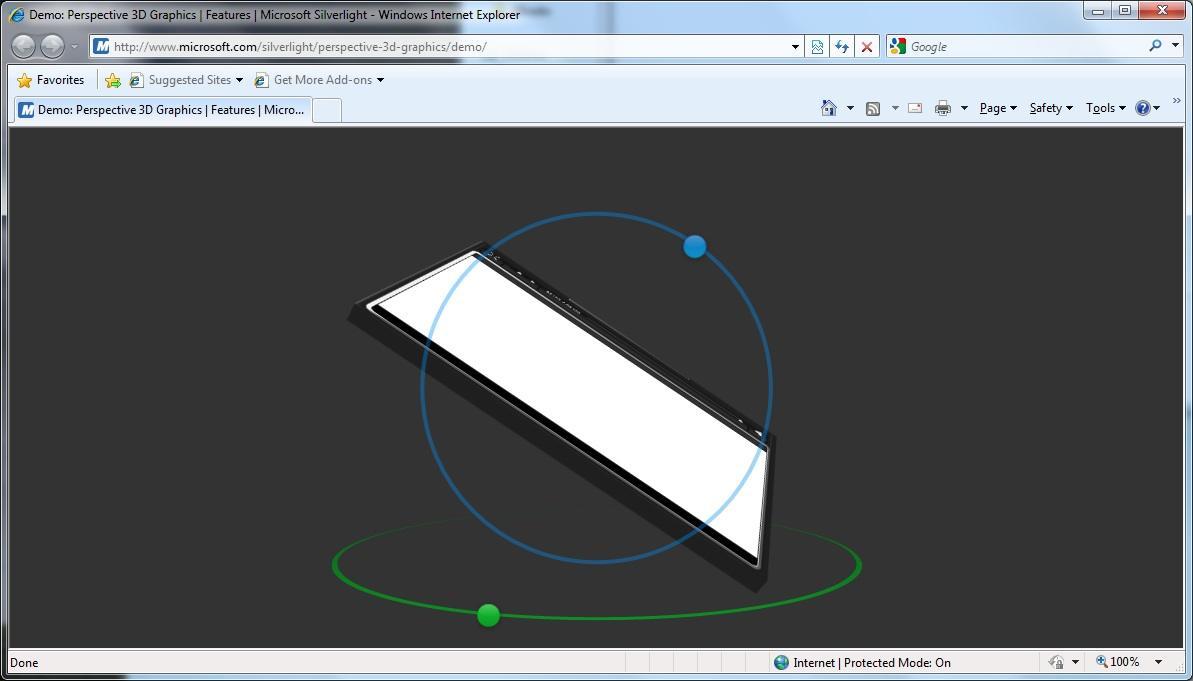

- #OLDER VERSION OF SILVERLIGHT FOR VISTA HOW TO#
- #OLDER VERSION OF SILVERLIGHT FOR VISTA INSTALL#
- #OLDER VERSION OF SILVERLIGHT FOR VISTA PRO#
- #OLDER VERSION OF SILVERLIGHT FOR VISTA SOFTWARE#
- #OLDER VERSION OF SILVERLIGHT FOR VISTA WINDOWS#
Chances are good that her son (yeah, the one you never wanted to hang around) is a computer guy and he may help you out.Ĭ) Quit installing stupid apps that throw this junk onto your computer.ĭ) Follow the instructions on this youtube video. If that is already too confusing thenĪ) Mom, is that you? Quit reading my work blog.ī) If you're not my mom then call your mom's best friend. Let's dig into how we get it off.įirst off, this is a Sys Admin blog, but for you home users who want to get the toolbar off of your home computer and you have no idea what or who a Sys Admin is then simply go to your Control Panel > Programs > Uninstall a Program and choose the Ask Toolbar option. There are 12-step programs that cover that.

We won't go into HOW this annoying, useless, unhelpful piece of crap got onto your network. I think that 23% of workplace violence is directly related to the Ask Toolbar.
#OLDER VERSION OF SILVERLIGHT FOR VISTA PRO#
We're gonna be here a while.Īlready using PDQ Inventory in Free mode? Well kick it into gear and unlock the Pro mode features.
#OLDER VERSION OF SILVERLIGHT FOR VISTA SOFTWARE#
The harder answer is that we at Admin Arsenal need to do a much better job of making our software more intuitive.
#OLDER VERSION OF SILVERLIGHT FOR VISTA HOW TO#
Tomorrow we will release another video on how to create your own report. Well, I'm always one for an easy answer so the video is included in this post. The easy answer is, of course to provide a video tutorial on running inventory reports. To this requester (and to others who didn't realize this feature existed) I simply say "D'oh!" "Sneaky, Hidden Function"? This observation showed me what I have long feared: Our usability isn't as awesome as we think it is. I realized this when I happened to look at reports. Now pat me on the back with a Green Monster drink and tell me that I am, in fact, a god." Instead the requester was, as he always is, very gracious as he replied: " You are 100% sir. On one hand, many developers, ISV's and Sys-Admins would be happy to have such a wonderful turn-around time. The request was asking us to provide a feature that was already available in the current product. We had a feature request in our PDQ Inventory Feature Requests forum yesterday. So what are you waiting for? Go get your free copy of PDQ Deploy today. Just remember that Installers provided from the Installer Library will use this convention. You can follow this convention if you wish but it's not mandatory.
#OLDER VERSION OF SILVERLIGHT FOR VISTA INSTALL#
For example, Adobe Reader install files would be kept in $(Repository)\Adobe\Reader and Google Chrome install files would exist in $(Repository)\Google\Chrome. Our convention for storing installation files is simple. You just need to reference the $(Repository) variable in your Installer File field. You can, if you wish, have your installation files also exist in the Repository. Custom Installers and the RepositoryĪll of you will have your own Installers that aren't provided by the Installer Library. A future version of PDQ Deploy will attempt to move the existing installation files when the Repository location is changed.

#OLDER VERSION OF SILVERLIGHT FOR VISTA WINDOWS#
For example if you wanted to have your Repository in a Windows Share called Install on the server called Dexter you could use \\DEXTER\InstallĪt this time you will need to actually copy (or move) the files in the previous Repository to the new location. Keep in mind, if you use the Pull Copy Mode (available in Pro mode) then your Repository MUST exist on a UNC available share. Type in the new path for your Repository in the field provided. To change your Repository location, simply go to your Preferences window (File > Preferences) and navigate to the Repository panel. Change the default location of the Repository. In Windows XP and 2003 (there is no declared PUBLIC variable) we effectively use %AllUsersProfile%\Documents. For Windows Vista, 7, 20 R2 this is accessible by going to %PUBLIC%\Documents.

After some fairly aggressive testing we decided that the DEFAULT location of the repository would be in the All Users Documents folder. In order to get around this dilemma we decided to implement the Repository. We didn't want to have to direct our users to have to choose where to store their respective installation files. When we decided to implement the Installer Library we knew that we would run into one problem: Location, Location, Location. Any PDQ Deploy Installers that you obtain from the Installer Library will automatically reference the Repository via the $(Repository) variable. The Repository is simply a directory on the console computer (or a network share) where installation files can be stored. I want to elaborate a little more about this Repository. In a previous article I introduced the Installer Library from PDQ Deploy.


 0 kommentar(er)
0 kommentar(er)
